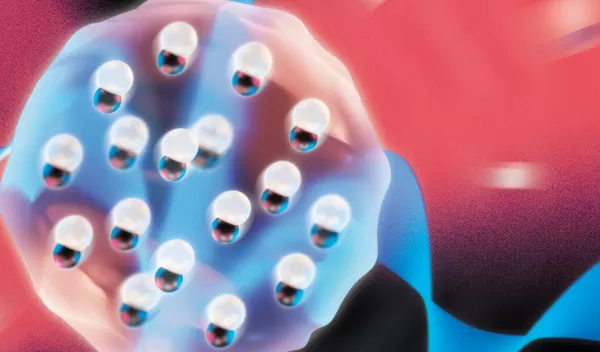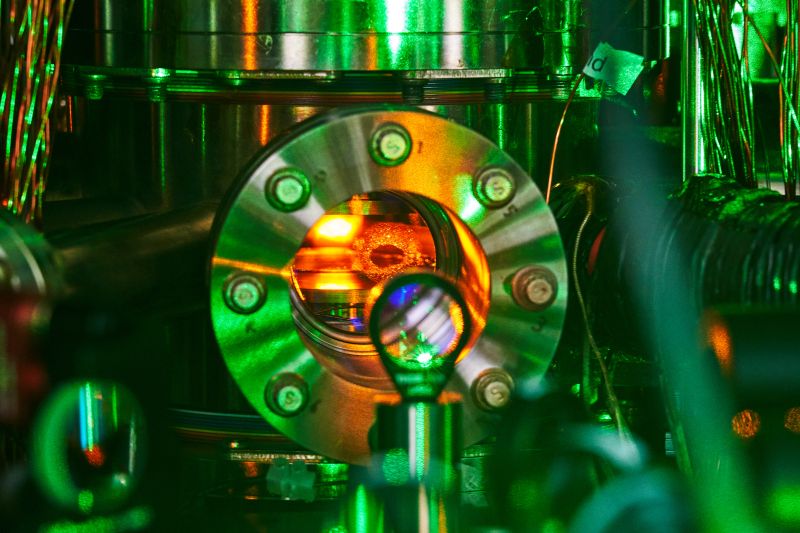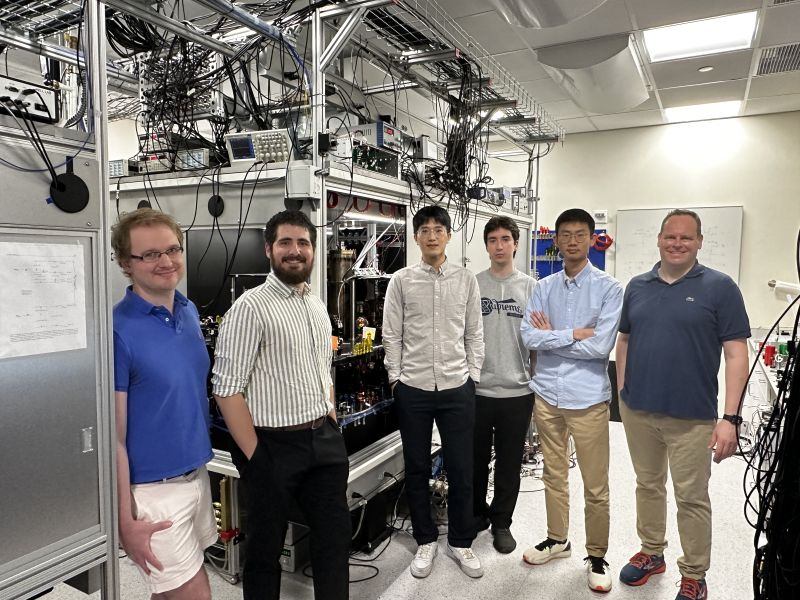
Physicists create first-ever Bose-Einstein condensate made of molecules
A team of physicists has successfully created a unique quantum state of matter called a Bose-Einstein condensate (BEC) out of molecules. The team is led by Sebastian Will at Columbia University, who received a U.S. National Science Foundation Faculty Early Career Development award to support his research. The findings were published in the journal Nature.
While BECs have previously been achieved with atoms of a single element, this is the first creation of a molecular BEC. Its greater period of stability will allow scientists to test longstanding theories in quantum phenomena, including superconductivity, superfluidity and more. Molecular BECs also hold the potential to outperform single-element BECs by creating longer-ranging interactions in quantum simulators, allowing for more complicated models.
Single-element BECs have expanded the understanding of concepts such as the wave nature of matter and led to the development of technologies such as quantum gas microscopes and quantum simulators.
Researchers plan to use molecular BECs to explore more quantum phenomena, including new types of superfluidity, a state of matter that flows without experiencing any friction. They also hope to use their molecular BEC-based quantum simulator to help guide the development of new quantum materials.


